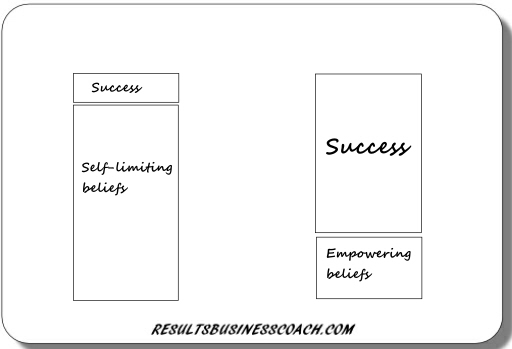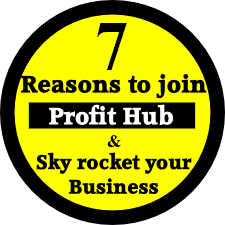Changing the headlamp in my car, I estimated I can do it in few minutes.

I got started and realised it was a bit more complicated than I thought at first. So I spent some time checking YouTube video’s on how to do it.
First I had to remove the entire headlamp unit. It’s one big piece containing the three bulbs and all of the reflection chambers.
- To do this I had to pull back the trunk liner carpet.
- To do this, I had to undo the plastic nut that holds the carpet to the side.
- To do this I had to Unscrew the nut while pulling, and eventually it came off the threaded post.
- Then I had to remove the round rubber plug that covers the locking lever
- Following that I had to insert the hex socket into the hole that was plugged by the round rubber plug until it grabs the hex head inside and give it a 1/4 turn towards the back of the car (that’s counter-clockwise here at the left headlamp)
- Now I hear a solid click or snap and the headlamp will pop out about a 1/4 inch or so. What’s happening is I am turning the locking lever, releasing the headlamp and actually pushing it out of its socket slightly.
- Then I leave the lever in this position until you I am ready to lock the headlamp in place at the end.
- Then I pull the headlamp unit straight out of the housing in the fender. I had to wriggle it side-to-side as I did this.
- I move the headlamp unit to a convenient place to swap out the bulb.
- From this point it only took a few minutes to change the bulb.
- The whole process took 3 hours.
Why did it take three hours?
The act of change – changing the bulb took much longer because I did not understand the ‘infrastructure’ between me and the bulb. Because of this infrastructure I had to push, pull, unscrew, plug, unplug etc… Etc… Until I got to the bulb.
The simplest change was made so difficult by the ‘infrastructure’. In this instance, when I got stuck, with the help of some YouTube video’s I began to understand the infrastructure and by trial and error I eventually got there.
The infrastructure of my car is nothing compared to our psychological infrastructure
“Our psychological infrastructure” is made up of our deep rooted beliefs. This is way more complex than we could imagine. In fact we don’t even know this exists. When our deep rooted beliefs are strong we will find it difficult to make changes that contradict these beliefs. In fact we are in denial of these self limiting beliefs.
Here are some obvious examples:
We know that eating healthy food will not only keep us healthy but also help lose weight. All we had to do is choose to put fresh, unprocessed food in our mouth.
But no.
Our psychological infrastructure will bring out the best excuses not to change. There are examples of serious diabetic patients who refuse to change their eating habits until they are threatened with amputation of their body parts.
We know doing regular exercise is will get us fit and healthy. We would rather buy bigger clothes that fit us than lose weight to fit our existing clothes. We would risk stroke and heart disease rather than commit to a regular exercise program.
Business is no exception.
It is our resistance to change that causes most of our problems.
Get under your bonnet.
To change the bulb in my car, I had to get under the bonnet, watch some YouTube videos, and negotiate some tricky maneuvers. Say for an example, I got under the bonnet but could not get access to the headlamp unit, in spite of my best efforts. Then I would have taken my car to an expert who would have dealt with it quite easily. I had a compelling reason for doing that. If I did not change the headlamp, my night driving would be impossible and I could be pulled over by the police for dangerous driving.
Dealing with poor belief systems is no different.
You need to get under the bonnet and find compelling reasons. Reasons that take you away from massive pain, or reasons that bring you a lot of pleasure. Whatever the reasons, they need to be compelling to you. Compelling enough to move you beyond where you are now to where you want to be in the future.
How do you know whether you have self-limiting beliefs?
If you are stuck in certain areas of your life such as poor relationships, not making enough money, poor health & fitness then this is a clue. You are constantly blaming others and events outside of you, for the state of affairs in your life. You may be trying very hard to achieve a goal such as losing weight but find that you cannot get beyond a certain point.
All these are clues that you will not allow yourself to go beyond your beliefs.
What is a belief?
A belief is something you accept as truth. It is not necessarily true, but you believe it to be true. Once this ‘statement’ is repeatedly embedded in you, your belief system accepts it as ‘real’.
The first few times you forget people names, you started to affirm that you have poor memory. Eventually you start to believe that. You may even publicly declare that you have poor memory. (The truth is that at the beginning you did not pay attention to the names of the people you met and you did not intend to commit them to your memory and therefore you could not remember them – it had nothing to do with your ‘poor’ memory).
When we passively accept information without questioning them, they too will form beliefs. For an example, Television thrives on negative news. They are masters at repeatedly broadcasting doom and gloom. After a while we accept that the world is a place of doom and gloom without a fight.
How to overcome self-limiting beliefs
Our self-limiting beliefs are true to us because we make them true. These beliefs make up the fabric of our experience. Here are some first steps towards eliminating limiting beliefs:
- You are not your beliefs. Stop identifying yourself with beliefs. You were not born with them.
- Don’t come to easy conclusions: We don’t know enough of anything. What ever conclusions we come to, will only be from a limited perspective. So be open to other possibilities.
- Question everything: Ask yourself, ‘what evidence do I have to support this belief?’
- Redefine: Take limiting beliefs and redefine it to empower you.
- Use positive affirmation: You did affirm yourself to your limiting beliefs, so why not deliberately do the opposite. For an example, if one of your limiting belief is ‘ I don’t deserve success’ – reverse it to “I deserve success in everything I do”
+ Ravi Peal-Shankar




{ 0 comments… add one now }